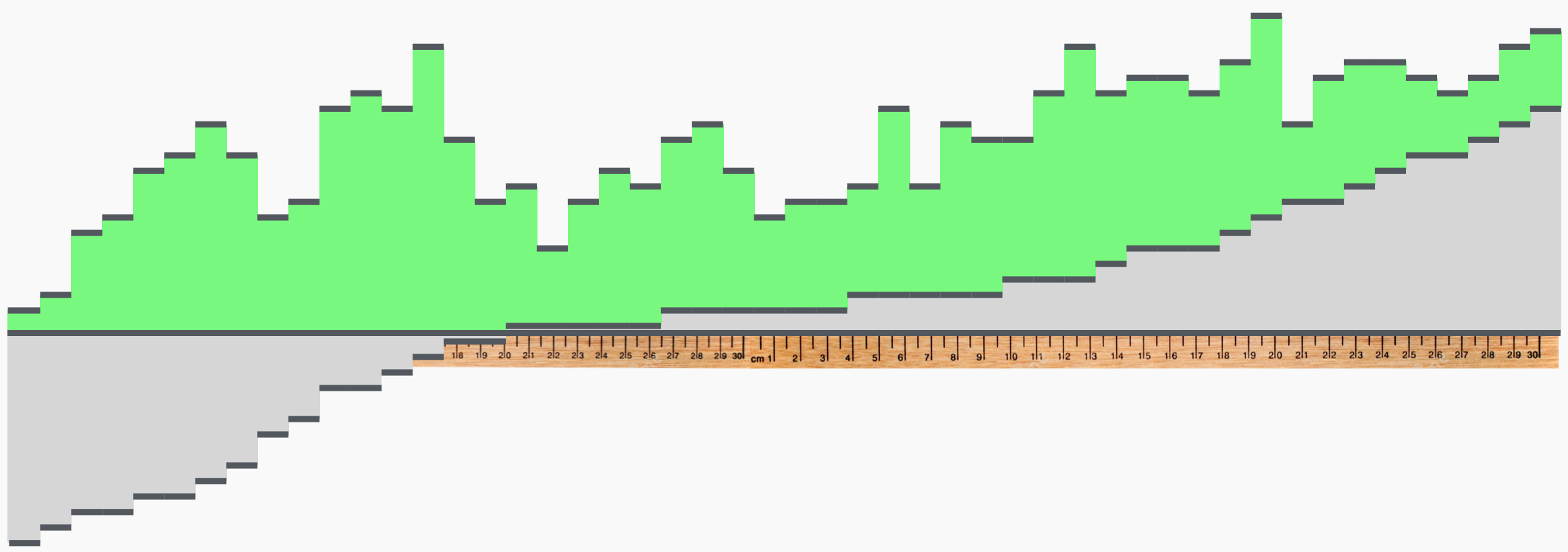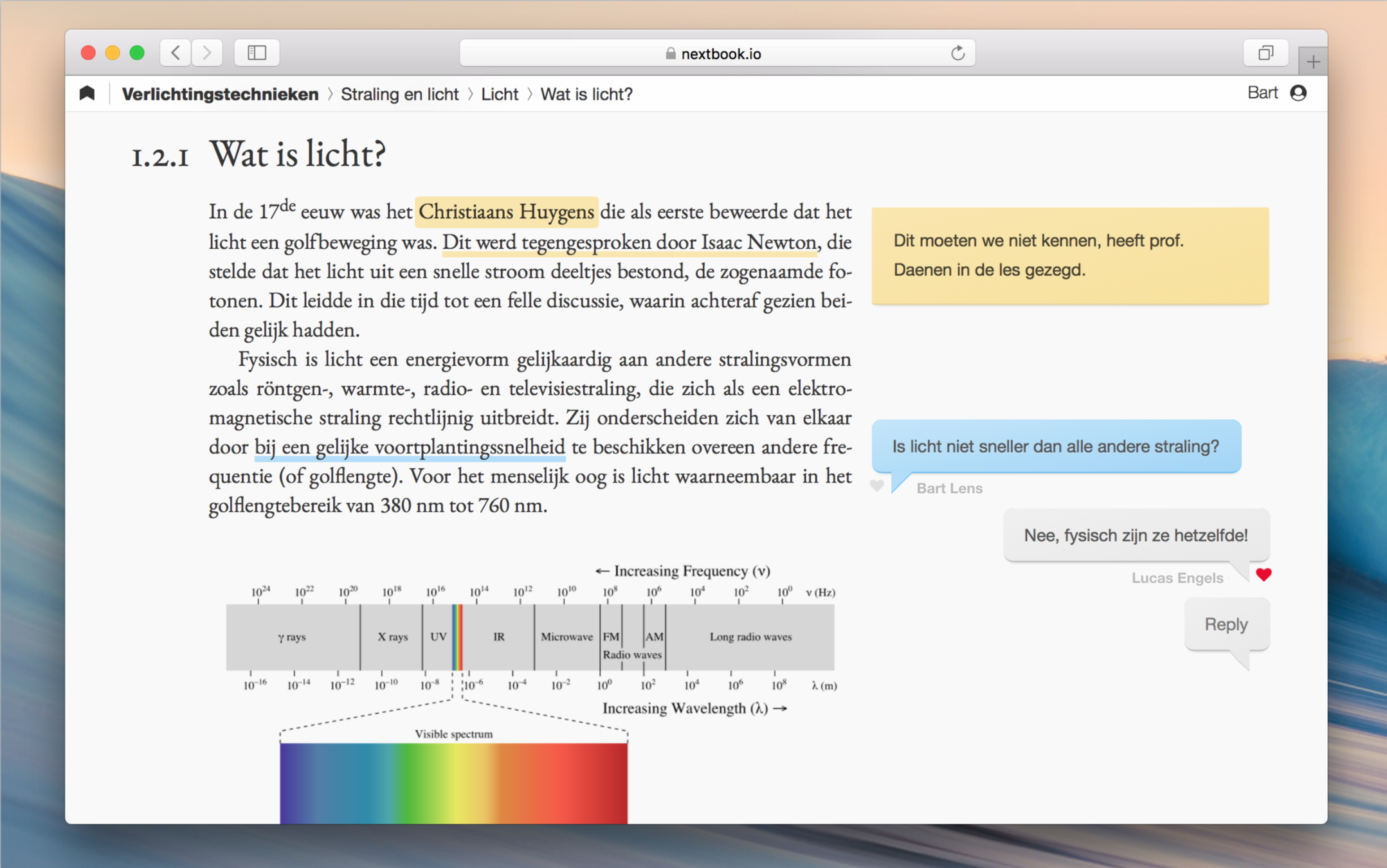


From Textbooks to
Courses That Live
& Breathe on the Web
Esther De Loof
@EstherDeLoof

- Postdoctoral researcher in cognitive neuroscience at Ghent University





Esther De Loof
@EstherDeLoof


- Postdoctoral researcher in cognitive neuroscience at Ghent University
Ruben Verborgh
@RubenVerborgh
- Professor of semantic web technology at Ghent University
Esther De Loof
Bart Lens
@EstherDeLoof
@bart_lens


- Postdoctoral researcher in cognitive neuroscience at Ghent University
- Chemical & business engineer
- Founder of Nextbook
- Passionate about UI design
Why Web-based?
Why Web-based?
- Accessibility & Compatibility
- Rich, Interactive, Live Content
- Shareable Single Source of Truth
Annotations
- Highlights, note-taking and commenting
- UI encourages debate between students
- Self-selection: efficient
- Vectors for grading
Less than 1/3rd of students passes
all of their classes in first year of higher education.
Almost 1/4th fails on more than 70% of their credits.1
1 Vlaamse Onderwijsraad (2013) http://www.vlor.be/sites/www.vlor.be/files/ar-ar-adv-014_1.pdf
Grade attained
10/20

To what extent are students reaching
their full, unmeasured potential?
Actual
Potential


Analytics
Use a quantitative approach to improve:
- Content e.g. average reading speed ⟶ difficulty
- Learning e.g. automatic, personalised summaries
- Grading e.g. rewarding helpful questions and answers
Opportunity to prevent bad grades
Anonymity
A/B testing
Co-creation
Co-creation
- Write a course with colleagues
- Let students give input
- Git-based content management



From Textbooks to
Courses That Live
& Breathe on the Web
bit.ly/FigCourses
Open Courses on the Web @ FigShare Fest
By Open Webslides
Open Courses on the Web @ FigShare Fest
- 1,690



